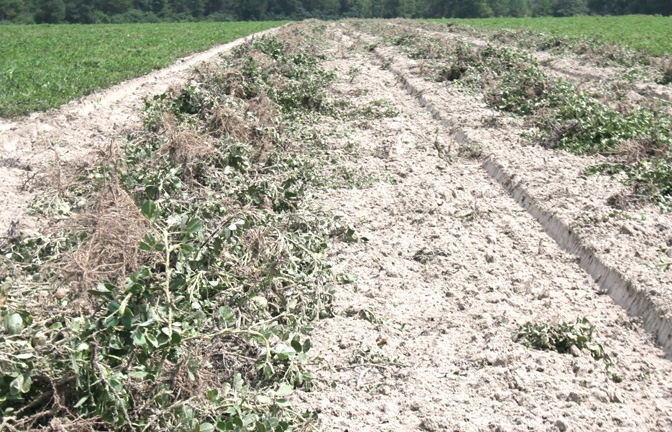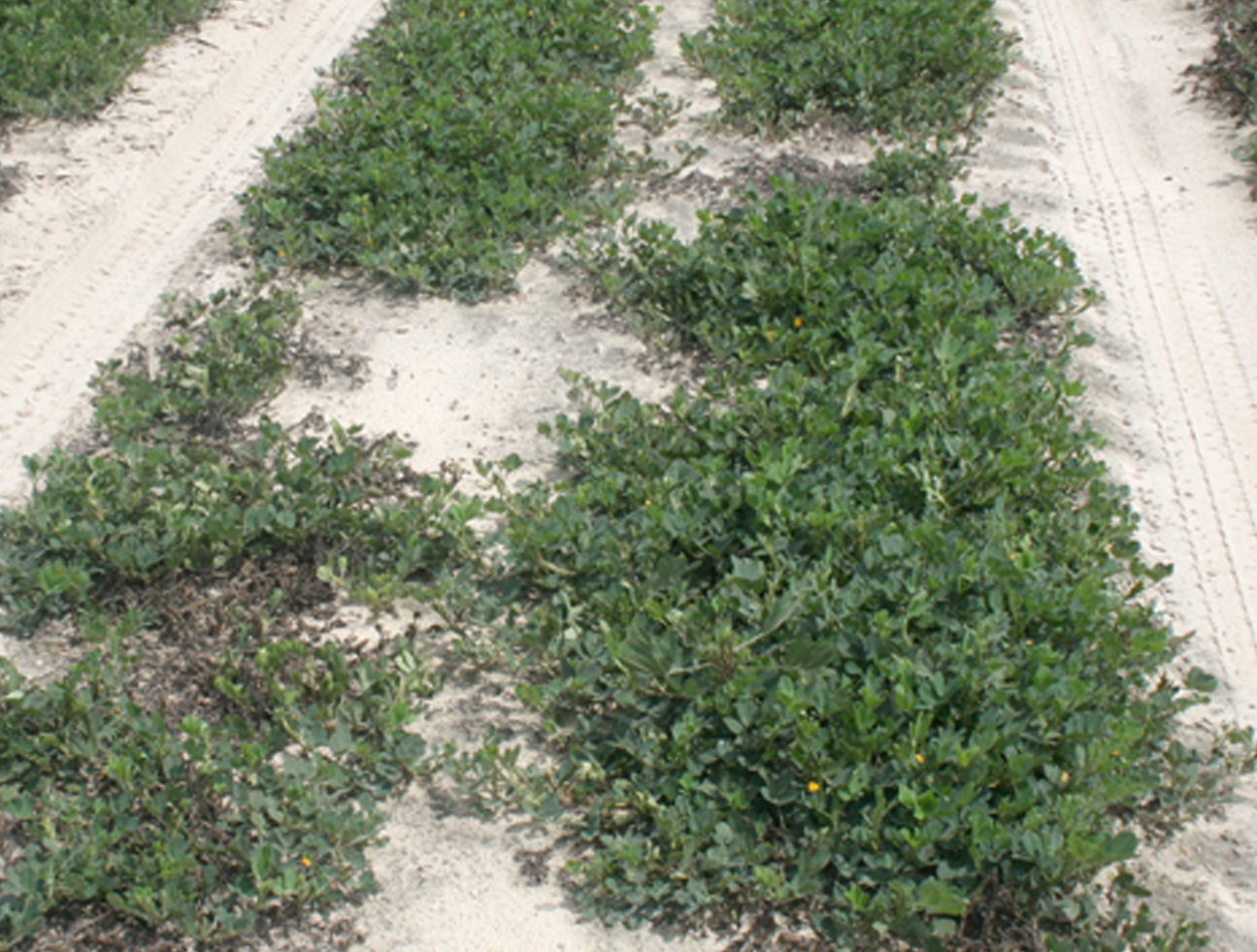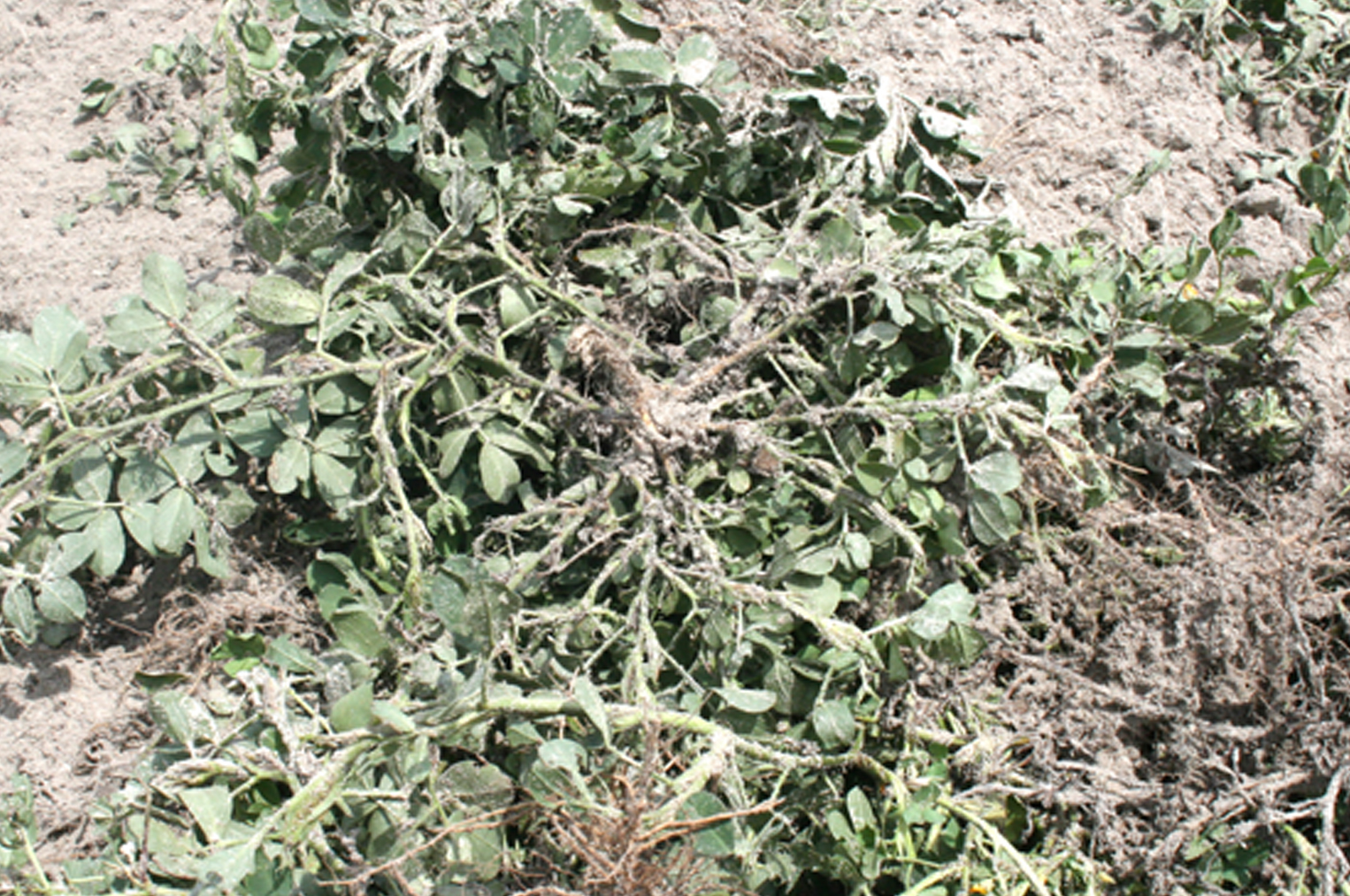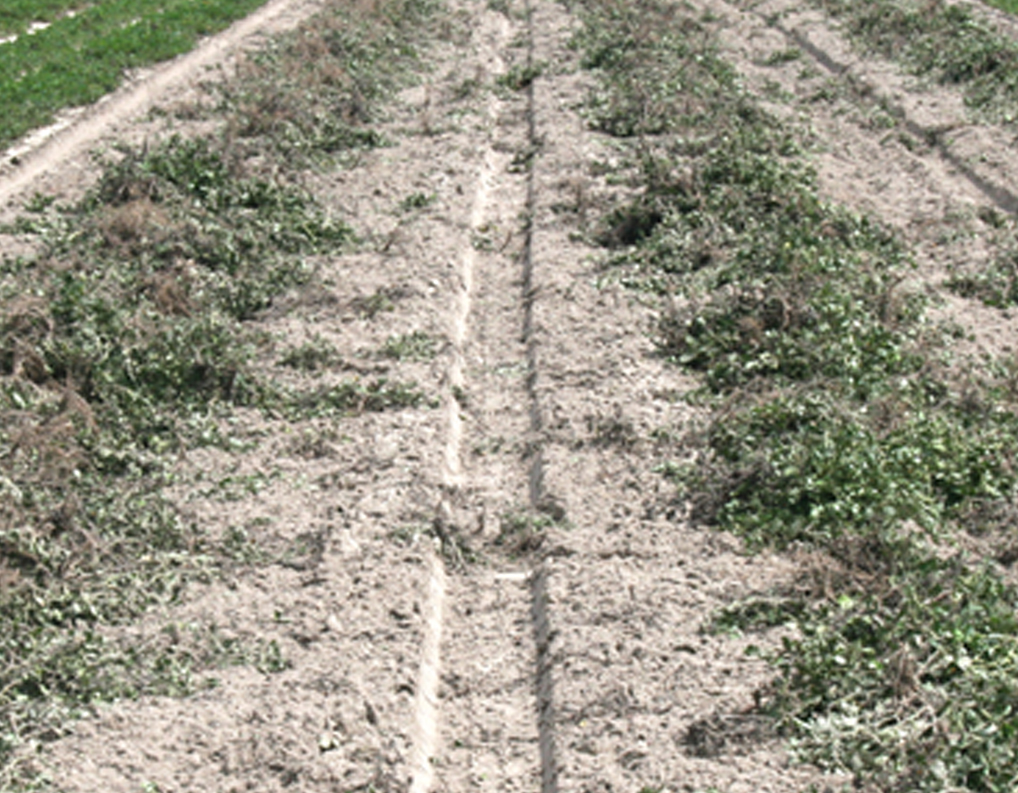Georgia’s non-irrigated peanuts may have a very low yield potential due to a prolonged summer drought, said University of Georgia Extension peanut agronomist Scott Monfort.
“I think with the non-irrigated acres for most of the growing area, the yield potential has definitely diminished the last three to four weeks. How much is hard to say,” Monfort said.
The rainfall Georgia received last week has been overshadowed by a month-long drought that covered parts of the state in August. The dry weather left peanut vines wilting and some farmers scrambling to salvage what crop they could.
“Going out and looking at a lot of these fields, some of the vines are starting to collapse and, therefore, some people are going to have to start digging early or earlier than they need to or would like to,” Monfort said. “Some of them, in a few sporadic cases, have stopped putting resources into them because they don’t think they’re going to get it back out.”
Monfort estimates that 40 to 50 percent of Georgia’s peanuts are non-irrigated. Half of the state’s crop could have a drastic reduction in yield potential when peanuts are harvested.
“There is still a crop out there, I will say that. Just how big of a crop it is, I just don’t know. We hope the quality is going to be better than what we anticipate it to be,” Monfort said.
Some farmers only grow non-irrigated or dry land peanuts. But “a good many” still grow both irrigated and dry land peanuts, Monfort said.
Georgia leads the nation in peanut production, accounting for almost half of the country’s crop. Peanuts generate $891 million in farm gate value and account for 27 percent of Georgia’s row and forage crops.
For more information about peanuts in Georgia, go to extension.uga.edu/agriculture/crops/peanuts.











